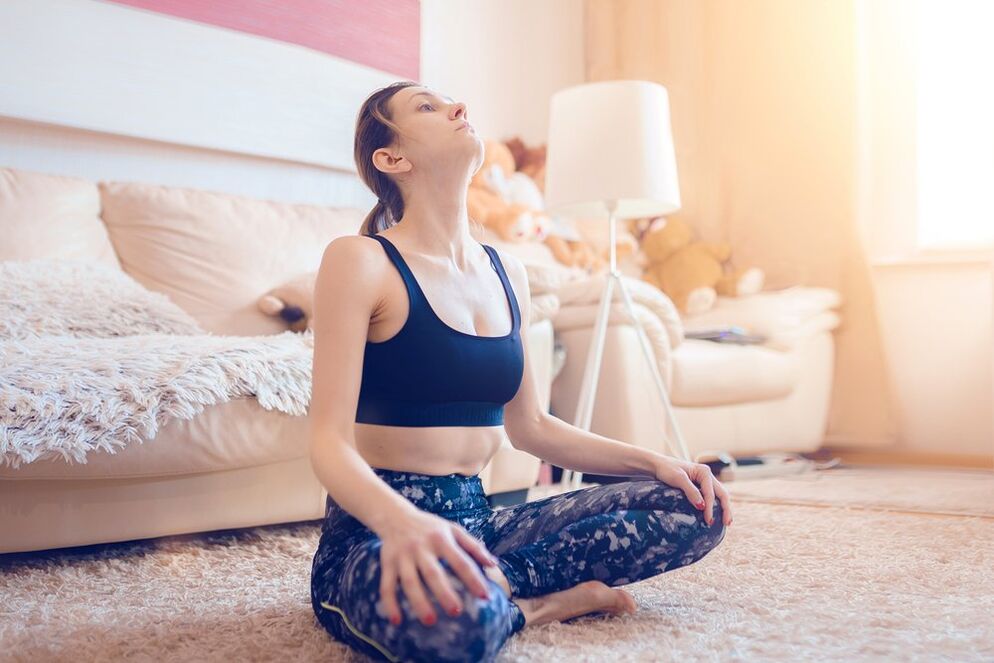Osteochondrosis of the cervical spine is a pathology that more often than others becomes the cause of neck pain. It is important to diagnose the disease in time and start treatment, which among other things includes neck gymnastics for osteochondrosis. It will help strengthen the muscle corset, form the right posture and prevent the development of possible complications.
Diagnosis and treatment of cervical osteochondrosis

One can suspect the development of the disease itself with the appearance of pain, discomfort in the neck region, which intensifies during turning, tilting the head, prolonged standing in an uncomfortable position, hypothermia. It is important to differentiate osteochondrosis of the cervical spine from median nerve compression neuropathy. Experts from the medical university believe that in 48. 5% of cases the diagnosis was made incorrectly.
In terms of treatment, the greatest effectiveness is shown by biological products in combination with special therapeutic and recreational gymnastic exercises. Such conclusions were reached by scientists who published the results of their research in the Journal Georgian Medical News.
Neck physiotherapy exercises

Physiotherapy for cervical osteochondrosis includes the following exercises:
- Bend the head. Stand up straight or sit in a chair with your back straight. Slowly tilt your head towards your right shoulder, feeling the tension of the neck muscles. Lift without moving in this position for a few seconds and perform the exercise in the other direction, ie tilt towards the opposite shoulder.
- The head turns. Sit your head down, trying to touch the chin incision - the jugular fossa. To increase the effect, you can apply the effect on the back of the head with crossed brushes. Stay at the point of highest tension for a few seconds, and then begin to turn your head - first in one direction, sliding your chin along the top of your sternum, then into the other.
- Raising and lowering the shoulders. Stand up straight with your arms at your sides and begin to raise and lower your shoulders. To increase the effect, you can increase the load, and small dumbbells will help you with this. Alternatively, you can fill plastic bottles with water or sand.
- Circular movements with shoulders. This exercise is very similar to the previous one. The only difference is that the shoulders do not need to be raised up and down, but done in a circular motion. Keep your back straight.
- Laying down. Stand up straight or sit in a chair with your back straight. Place the crossed arms on the back of the head. Turn your head back, while resisting with your hands. Measure at the highest voltage point for a few seconds.
- Bending. This is similar to the previous exercise, only it is performed in the opposite direction. It is necessary to place the crossed arms on the forehead and begin to lower the head down, opposing with the hands. Measure at the highest voltage point for a few seconds.
Exercises should be performed smoothly, without haste, in time with breathing. If severe pain or other unpleasant sensations occur, interrupt classes and consult a physician.



































